The Independent's journalism is supported by our readers. When you purchase through links on our site, we may earn commission.
Did politics override science during India’s lethal Covid wave?
In the wake of the devastating second wave, which killed hundreds of thousands of people, many in India are asking how Modi’s government missed the warning signs, writes Karan Deep Singh
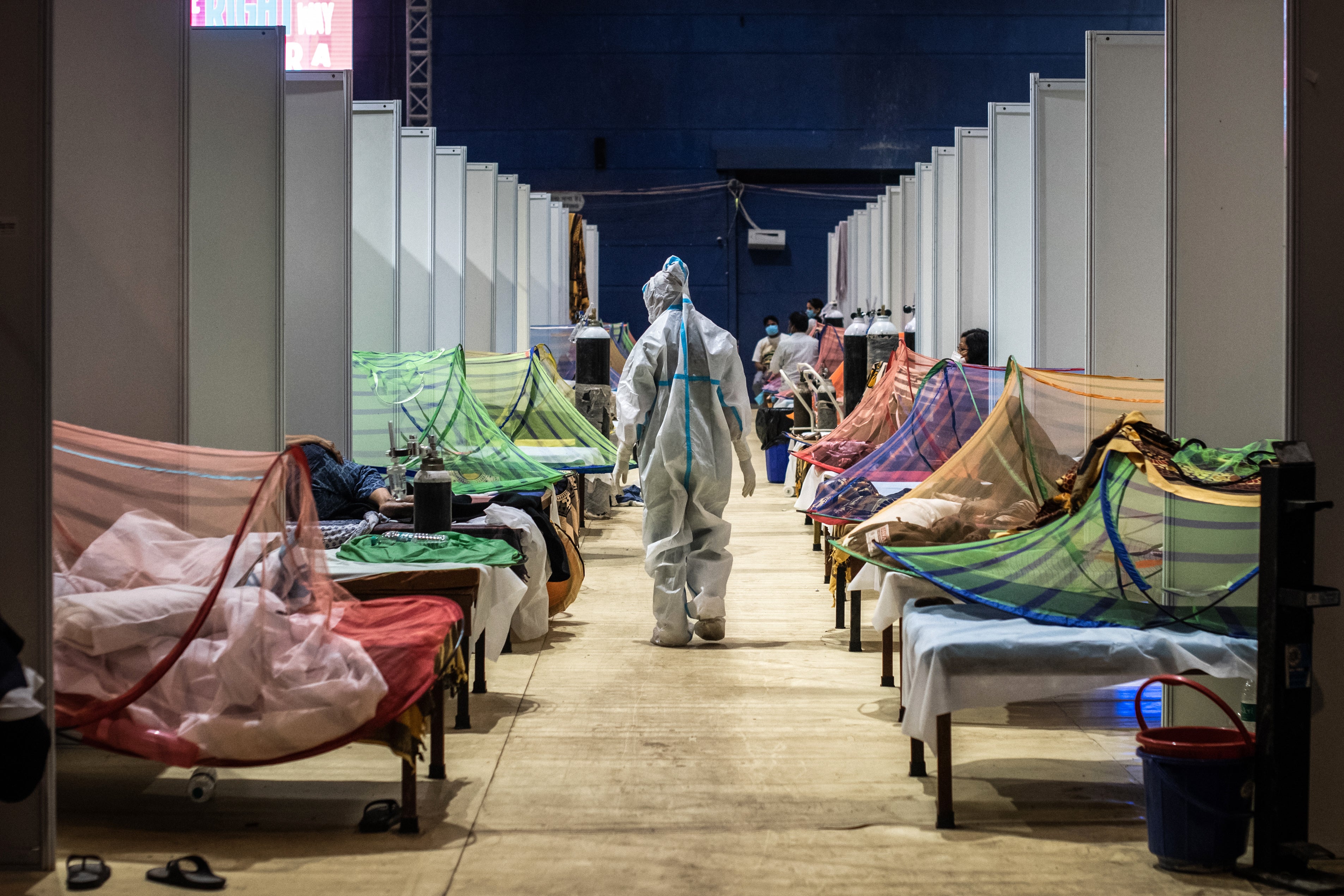
The forecast was mathematically based, government-approved and deeply, tragically wrong.
In September 2020, eight months before a deadly Covid-19 second wave struck India, government-appointed scientists downplayed the possibility of a new outbreak. Previous infections and early lockdown efforts had tamed the spread, the scientists wrote in a study that was widely covered by the Indian news media after it was released last year.
The results dovetailed neatly with Prime Minister Narendra Modi’s two main goals: Restart India’s stricken economy and kick off campaigning for his party in state elections that spring. But Anup Agarwal, a doctor then working for India’s top science agency, which reviewed and published the study, worried that its conclusions would lull the country into a false sense of security.
Agarwal took his concerns to the agency’s top official in October. The response: he and another concerned scientist were reprimanded, he said.
In the wake of the devastating second wave, which killed hundreds of thousands of people, many in India are asking how Modi’s government missed the warning signs. Part of the answer, according to current and former government researchers and documents reviewed by The New York Times, is that senior officials forced scientists at elite institutions to downplay the threat to prioritise Modi’s political goals.
“Science is being used as a political weapon to forward the government narrative rather than help people,” said Agarwal.
Senior officials at Agarwal’s agency — the Indian Council of Medical Research, or ICMR — suppressed data showing the risks, according to the researchers and documents. They pressured scientists to withdraw another study that called the government’s efforts into question, the researchers said, and distanced the agency from a third study that foresaw a second wave.
Agency scientists interviewed by The New York Times described a culture of silence. Mid-level researchers worried that they would be passed over for promotions and other opportunities if they questioned superiors, they said.
In the midst of a nationwide lockdown ordered by Modi, the government blamed an early outbreak on an Islamic gathering, spurring attacks against Muslims by some Hindu nationalists
“Science thrives in an environment where you can openly question evidence and discuss it dispassionately and objectively,” said Shahid Jameel, one of India’s top virus experts and a former government adviser who has been critical of the agency.
“That, sadly, at so many levels, has been missing,” he said.
The science agency declined to answer detailed questions. In a statement, it said it was a “premier research organisation” that had helped to expand India’s testing capacity. India’s health ministry, which oversees the agency, did not respond to requests for comment.
India is hardly the first country where virus science has become politicised. The United States remains far short of taming the disease as politicians and anti-vaccine activists, fuelled by disinformation and credulous media, challenge the scientific consensus on vaccines and wearing masks. The Chinese government has tried to obscure the outbreak’s origin, and vaccine sceptics have won audiences from Russia to Spain to Tanzania.
India, a vast country with an underfunded healthcare system, would have struggled to contain the second wave no matter what. A more contagious new variant fuelled the spread. People had stopped wearing masks and socially distancing.
“Prime Minister Modi has never, ever said to lower the guard,” said Vijay Chauthaiwale, a member of Modi’s governing Bharatiya Janata Party.
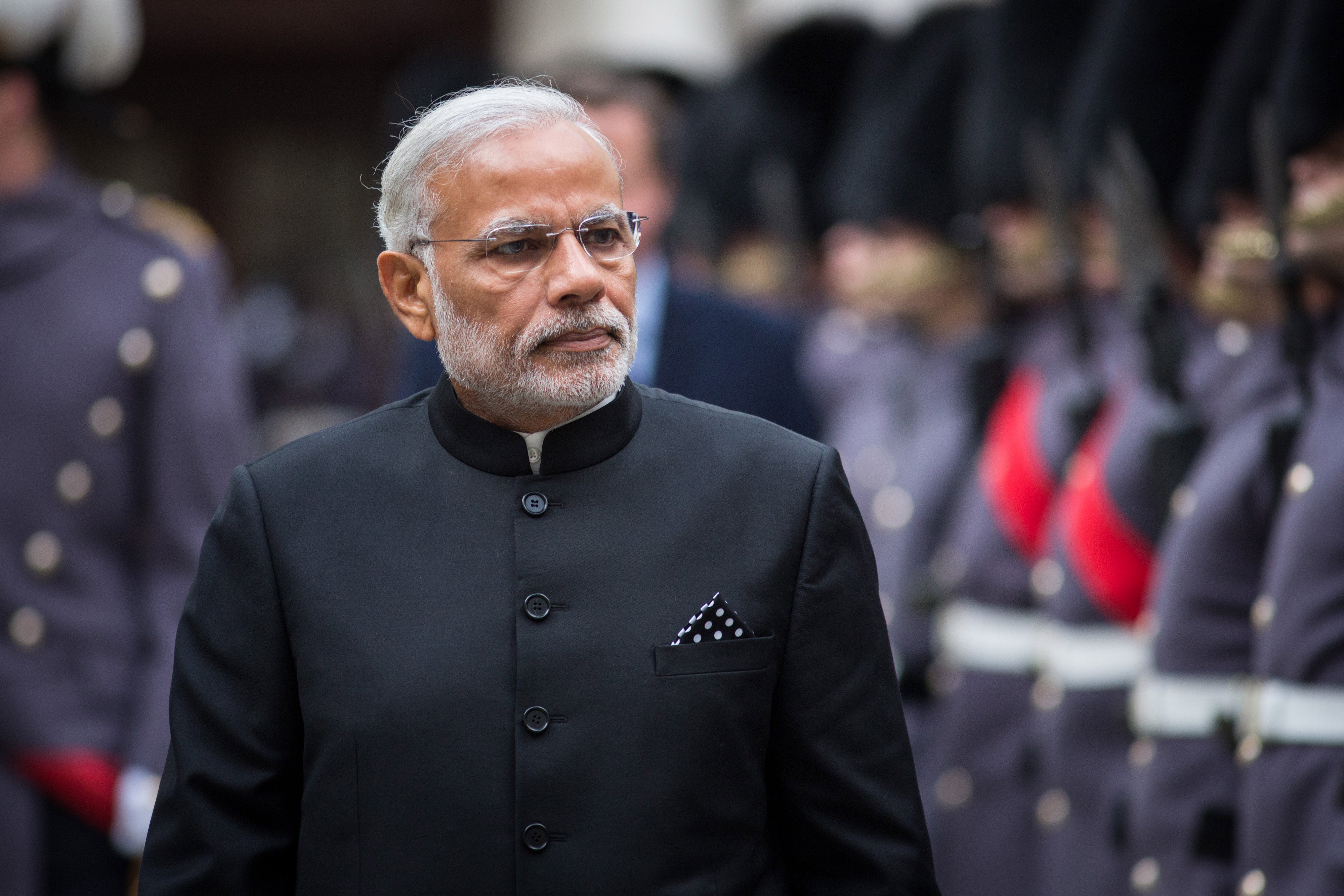
Still, the government contributed to complacency. Modi boasted in January, just months before the devastating second wave hit, that India had “saved humanity from a big disaster”. Harsh Vardhan, then the health minister, said in March that the country was “in the endgame of Covid-19”. (Amid criticism over the government’s response, Vardhan stepped down in July.)
The ICMR, which conducts and reviews research for the government, played a major role in shaping perceptions. India has not released granular data on the virus’s spread, hampering the ability of scientists to study it. In that vacuum, the agency offered projections that often steered debate.
Politics began to influence the agency’s approach early last year, according to scientists familiar with its deliberations.
In April 2020, in the midst of a nationwide lockdown ordered by Modi, the government blamed an early outbreak on an Islamic gathering, spurring attacks against Muslims by some Hindu nationalists, who provide the core of the prime minister’s support.
Amid that anger, some officials within the science agency said the gathering had undermined containment efforts. The gathering “has undone the benefits of lockdown”, said one news outlet, citing an agency source. Raman Gangakhedkar, then its chief scientist, in an interview singled out the gathering as an “unexpected surprise”.
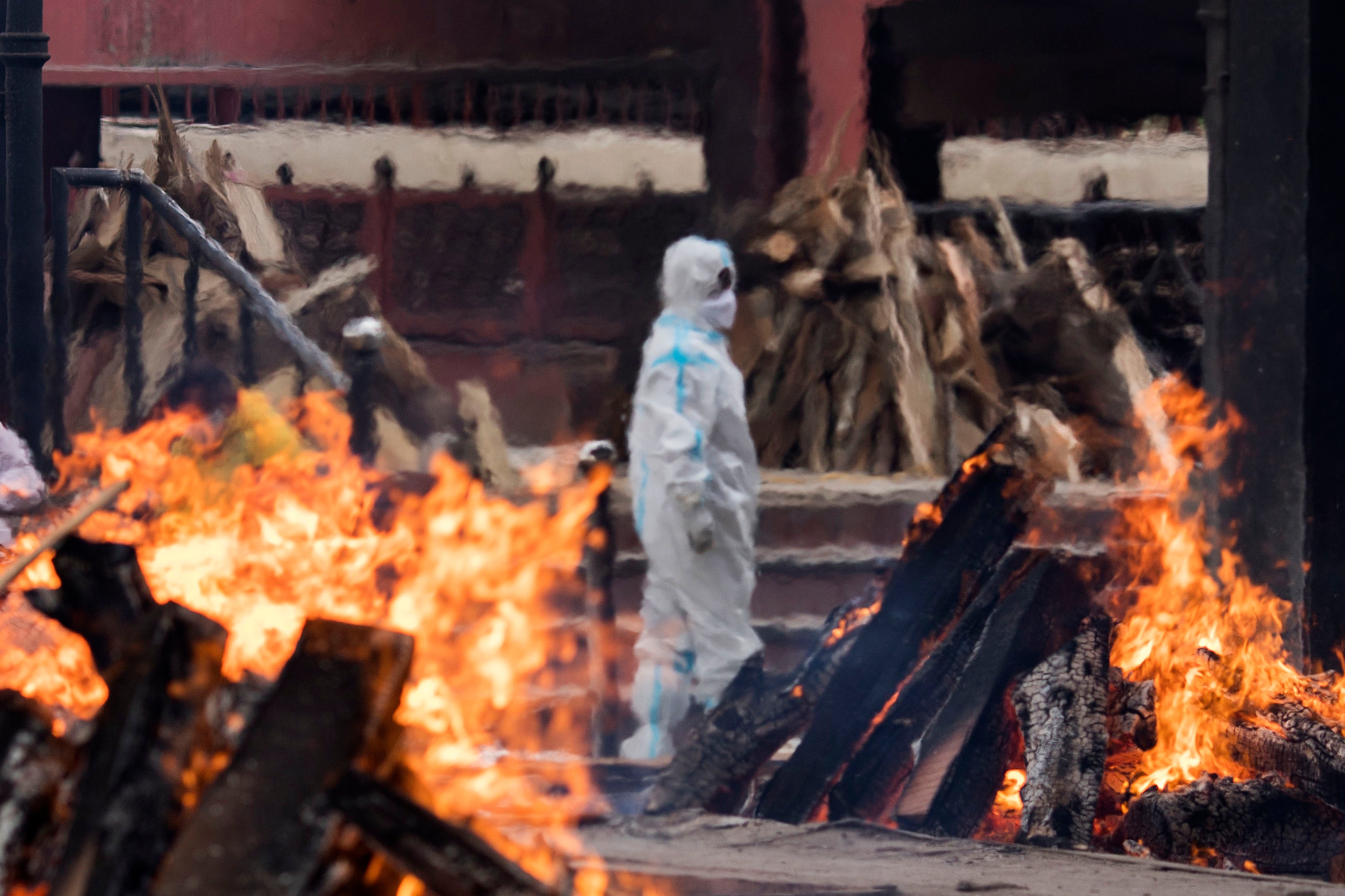
In an interview with The New York Times, Gangakhedkar said that he had expressed “anguish” over the government’s statements targeting Muslims but said the science agency’s director-general, Balram Bhargava, told him that the matter should not concern him. Bhargava did not respond to requests for comment.
The lockdown did severe economic damage. Once it ebbed, Modi moved to rekindle the economy and start election campaigning — and government scientists, researchers within the agency said, helped pave the way.
In June 2020, a study commissioned by the agency concluded that Modi’s lockdown had slowed but would not stop the virus’s spread. Within days, the authors withdrew it. The agency, saying the study’s modelling had not been peer-reviewed, wrote in a tweet that it “does not reflect the official position of ICMR”.
One of the study’s authors, along with a scientist familiar with it, said the authors had withdrawn it amid pressure from the agency’s leaders, who questioned its findings and complained that it had been published before they had reviewed it. The move was unusual, the scientists said, adding that the agency’s leadership would typically adjust problematic language rather than demand a paper be withdrawn.
This is a government which clearly has a philosophy and history of trying to assert power by capturing every institution and making it an arena for political struggle
In July 2020, Bhargava issued two directives to agency scientists that his internal critics saw as politically motivated.
The first called on scientists at a number of institutions to help approve, in just six weeks, a coronavirus vaccine developed by Indian scientists. In a memo dated 2 July, Bhargava said the agency aimed to approve the vaccine by 15 August, India’s Independence Day, an event at which Modi frequently urges the country toward greater self-reliance. “Kindly note that noncompliance will be viewed very seriously,” the directive read.
The request alarmed agency scientists. Regulators in other countries were still months away from approving their own vaccines. The agency’s top leaders backed off once the timetable became public. (The vaccine was approved by Indian authorities months later, in January.)
Bhargava’s second directive, issued in late July 2020, forced scientists to withhold data that suggested the virus was still spreading in 10 cities, according to emails and scientists familiar with the work.
The data came from the agency’s serological studies, which tracked the disease based on antibodies in blood samples. The data showed high infection rates in some neighbourhoods, including in Delhi and Mumbai, despite containment efforts. In a 25 July email, Bhargava told the scientists that “I have not got approval” to publish the data.
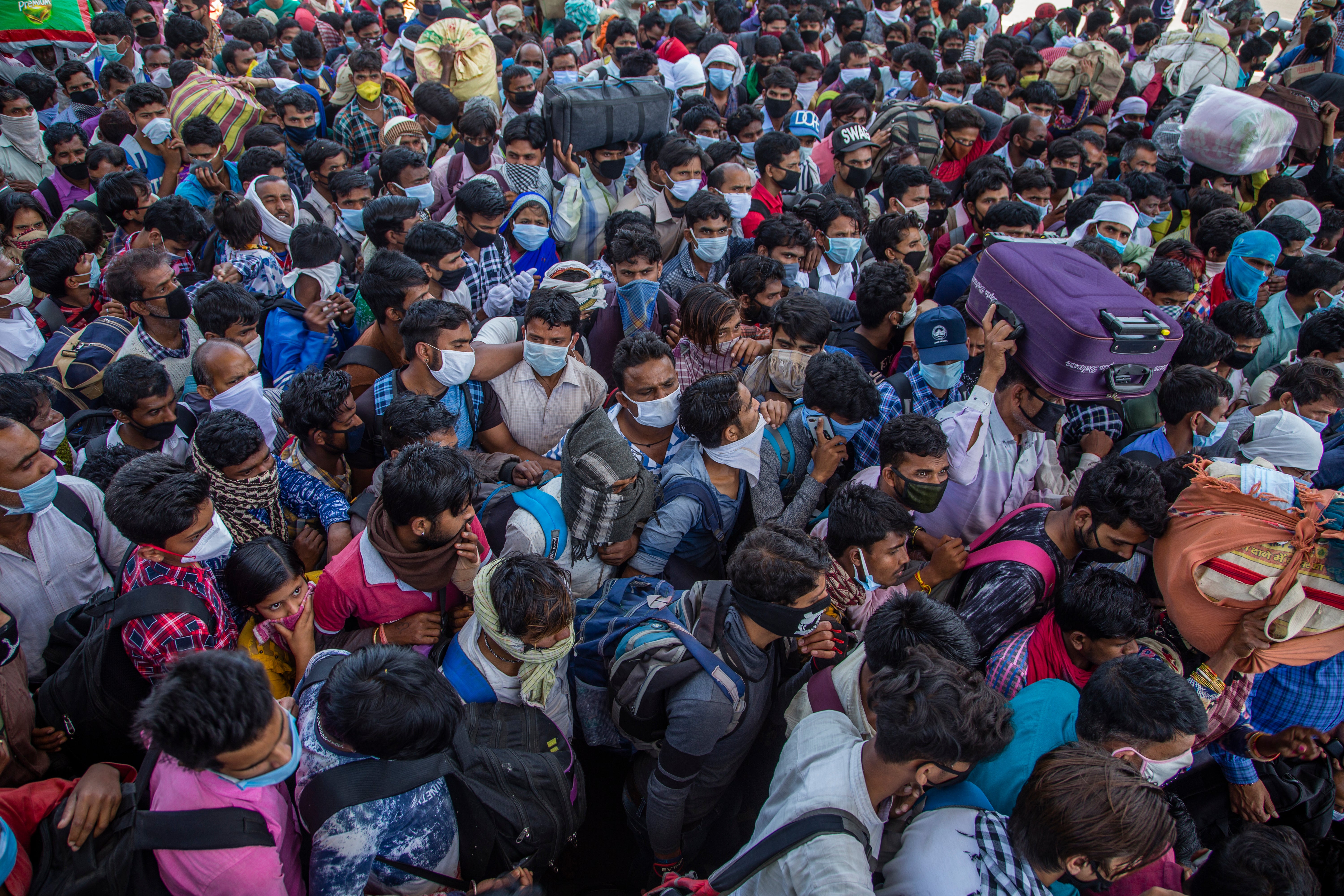
“You are sitting in an ivory tower and not understanding the sensitivity,” Bhargava wrote. “I am sincerely disappointed.”
Naman Shah, a physician who worked on the studies, said withholding the data worked against science and democracy.
“This is a government which clearly has a philosophy and history of trying to assert power by capturing every institution and making it an arena for political struggle,” he said.
The data that ICMR did release helped officials argue incorrectly, to the country and the world, that the coronavirus wasn’t spreading in India as virulently as in the United States, Brazil, Britain and France.
Then, last autumn, an agency-approved study wrongly suggested that the worst was over.
Known as the Supermodel in India, the study projected that the pandemic would ebb in India by mid-February. It cited Modi’s lockdown earlier in 2020. It said that the country may have reached herd immunity because more than 350 million people had already been infected or developed antibodies. The science agency fast-tracked the study’s approval, said Agarwal and other people familiar with its progress.
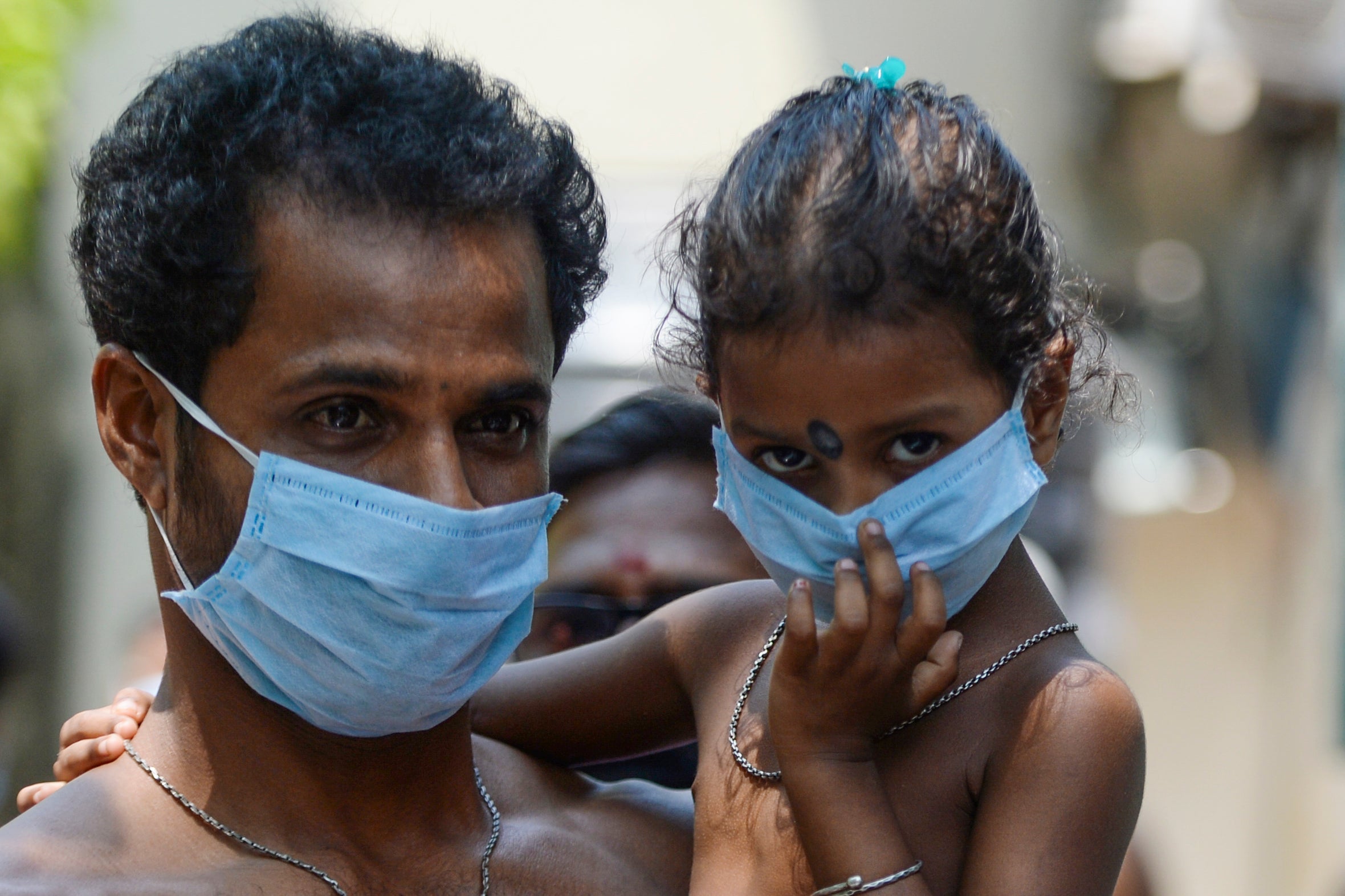
Scientists inside and outside the agency picked the study apart. Other countries were nowhere close to herd immunity. Plenty of people in India still had not been infected. None of the study’s authors were epidemiologists. Its model appeared to have been designed to fit the conclusion, some scientists said.
“They had parameters which can’t be measured, and whenever the curve was not matching, they changed that parameter,” said Somdatta Sinha, a retired scientist who studies infectious disease models and who wrote a rebuttal. “I mean, we don’t do modelling like that. This is misguiding people.”
Agarwal, the agency physician, said he took his concerns in October to Bhargava, who told him it was “none of his business”. Bhargava, he said, then summoned another scientist who had raised concerns about the study with Agarwal and reprimanded them both.
M Vidyasagar, chairman of the committee that produced the Supermodel, declined to comment. Indian science officials said in May, as the second wave tore through the country, that the panel’s mathematical model “can only predict future with some certainty so long as virus dynamics and its transmissibility don’t change substantially over time”.
One study, published in January 2021, did predict a second wave. Published in the journal Nature, it said that such an outbreak could strike if restrictions were “lifted without any other mitigations in place” and called for more testing. One of its authors worked for the ICMR, but its leadership pressured him to remove his affiliation with the agency from the paper, said people familiar with the matter.
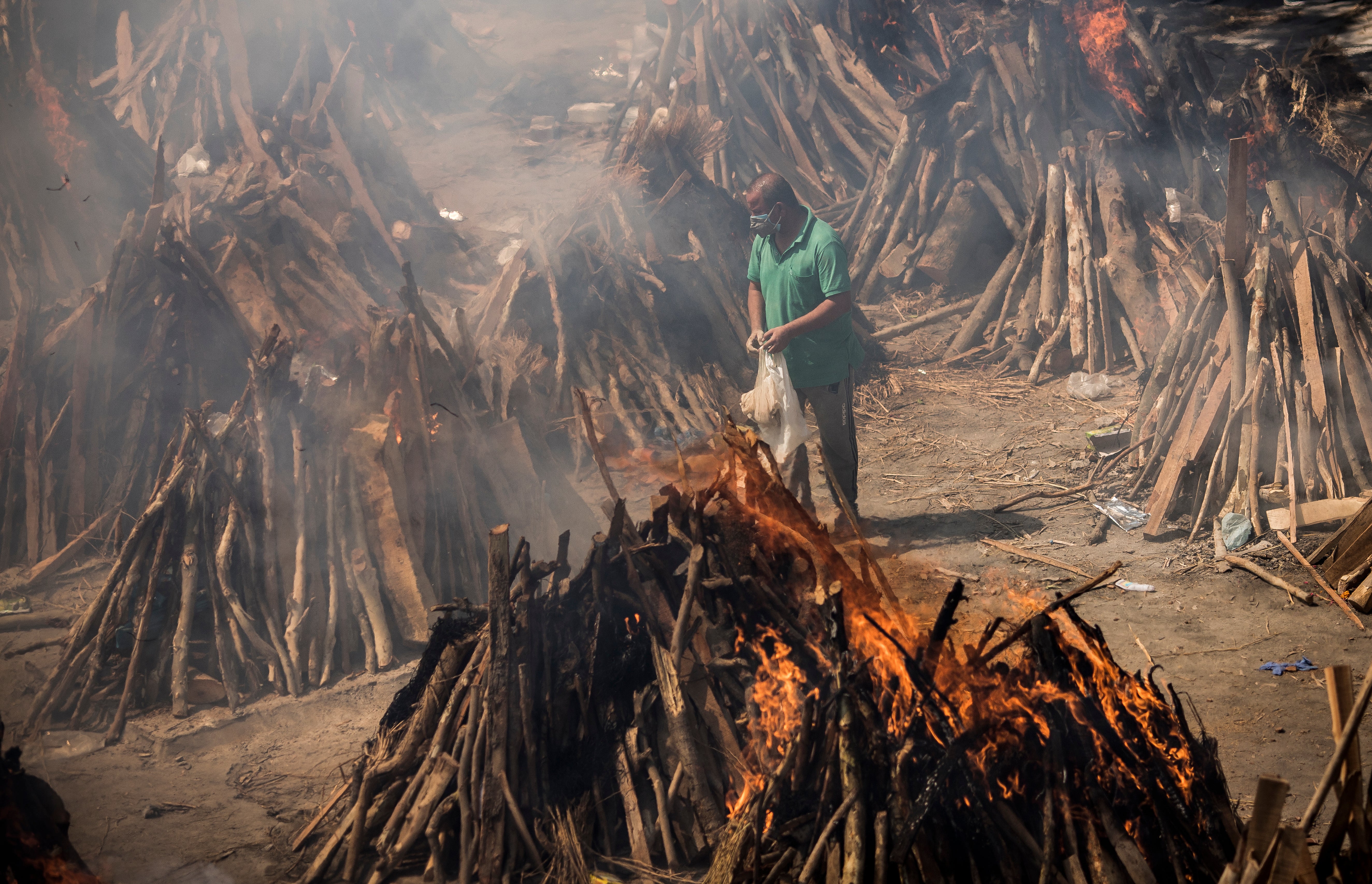
The second wave struck in April. With hospitals overwhelmed, Indian health officials recommended treatments that the government’s own scientists had found to be ineffective.
One was blood plasma. Agarwal and his colleagues had concluded months before that blood plasma did not help Covid-19 patients, a finding that echoed others. The agency dropped the recommendation in May.
The government still recommends a second treatment, the Indian-made malaria drug hydroxychloroquine, despite overwhelming scientific evidence that it is ineffective. Desperate families scrambled to find both during the second wave, creating black markets in which prices soared.
Current and former agency scientists said they didn’t speak out because they considered the treatments politically protected. Modi’s party had organised plasma donation camps last year to mark his 70th birthday. The Indian government also used hydroxychloroquine as a diplomatic tool, winning points with Donald Trump, then the American president, and Jair Bolsonaro, the Brazilian leader, who both pressured New Delhi last year to lift its export limits on the drug.
“If you want to work somewhere for the rest of your life, you want a good relationship with people,” Agarwal said. “You just be nonconfrontational about everything.”
Agarwal resigned in October and later worked in Gallup, New Mexico. Now a physician in Baltimore, he said his experience with the agency had driven him to leave India.
“You start questioning your work, you know,” he said. “And then, you get disillusioned by it.”
This article originally appeared in The New York Times
Join our commenting forum
Join thought-provoking conversations, follow other Independent readers and see their replies
Comments


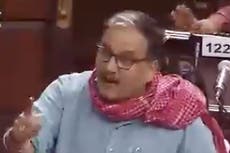
Bookmark popover
Removed from bookmarks